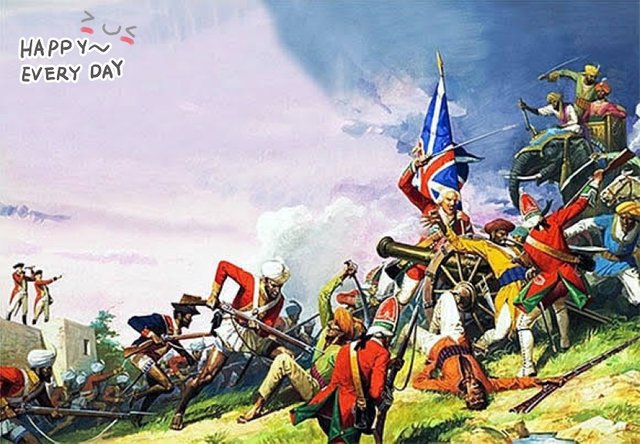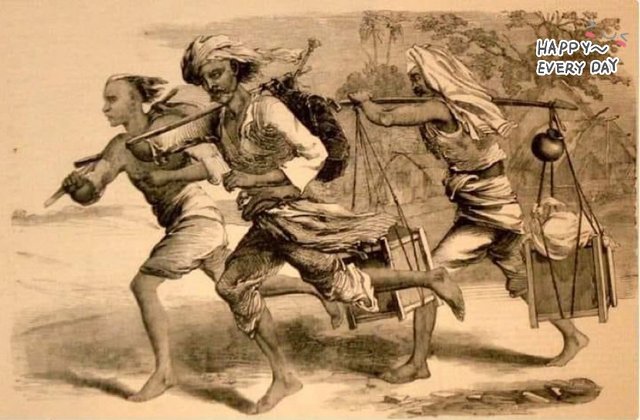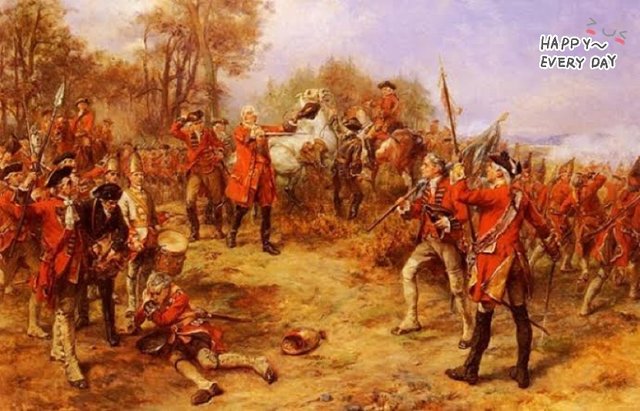I hope everyone is well. Today I will discuss today's digitization speed, when did the poster service of the postal department start in Bangladesh and how did it happen under the East India Company.
First let's talk a little about how the battle takes place:

The last independent Nawab of Bengal, Sirajud Daulah, and the British East India Company with French[2] allies
The battle that took place at Palashi is known as Battle of Palashi.
This battle took place on the date of 1757.
In this battle, Sirajud Daulah was defeated on June 23 and the British rule was established in India.
This war marked the entry and demonstration of British power in India.
Year 1757 Battle of Palashi is over. Company, i.e. East India Company's Nishan flew across Bengal. English hero Clive's joy no longer holds. This time he turned his attention to the development of the occupied country. Instructions are given to improve the communication system. At the same time regular postal service was also arranged. In that year, arrangements were made to deliver letters from Kolkata to places like Murshidabad, Dhaka, Rajmahal etc.

In 1774 Waben Hastings made some improvements to the postal system In a notification of the Postal Department dated March 3, 1795, the charges for sending letters weighing two and a half tons from Calcutta to various places were as follows—Calcutta to Murshidabad, Shashipur-Ch'ana, Barrackpore, Chandannagar-one anna, Rajmahal, Cuttack-three annas, Munger-four annas, Chittagong—six annas, Patna—five annas, Kashi seven annas, Hyderabad—two annas, Madras——ten paisa each, Poona—four annas each.
In 1784, the Calcutta Post Department informed that during the monsoons, the road conditions are very bad, so mail delivery will be closed for four months from June to September. In 1784, Postmaster General C. Cocktail stated that large envelopes measuring nine and a half inches long and four inches wide should not be mailed. Every Monday and Thursday, all those enveloped letters will be collected at the big post office.
Calcutta used to take on a different appearance during the monsoons. So during the rainy season mail delivery is arranged by boat. The Postmaster General issued a notice saying that passengers will also be taken in the postal palanquin.

On December 2, 1784, the Postmaster General announced the rate of postage for sending letters from Calcutta to various regions. Postal tickets were not yet in circulation. Postage was charged after the sender's letter was weighed at the post office. The postal carrier used to deliver the letter with a fee from the recipient of the letter.
In 1789 letters were delivered by post from Calcutta to Bombay. In 1795, the system of sending company currency notes by post from Calcutta was introduced. The system was like this - if someone wanted to send money, he would fill the money in an open envelope and give it to the post office employee. He would deposit the money and write a receipt to the sender. Postage was collected by Richard Amuti, a postal worker. His office was in Council House Street, Kolkata. An improved type of postage stamp was introduced in 1837. The 'Du'ana' denomination was first printed with palm trees as designed by Colonel Forbes at the Calcutta Mint. Then the tickets were made from Delaru Company in England. From May 1854 to August 1855, 4,77,32,496 stamps were printed in Calcutta. At that time half-ana or two-paisa tickets were blue in color, one-ana tickets were red and four-ana tickets were red-blue. From this time, one price ticket was introduced everywhere. In 1845, total letters were distributed to 32, 91, 61, 811 houses. The runner of Bengal who is still immortalized in Sukantar's poetry and Hemant's songs.
The first telegraph line in India was opened on November 5, 1849. First the line was opened from Calcutta to Diamond Harbour. That line was then used for government purposes. Sir William Brooke Oshagh Nessy was the person who started the first telegraph line. He was a doctor in the Bengal Army. He was the first to succeed in laying a telegraph line from Calcutta to Bedgiri. This line was very advantageous during the war with Burma. The telegraph was opened to the public on 1 December 1851. On March 24, 1854, the telegraph line from Calcutta to Agra was opened.
This is the end of today. I will see you again in the future with a new article. Till then everyone stay well, stay healthy. Thank you all for reading my blog.